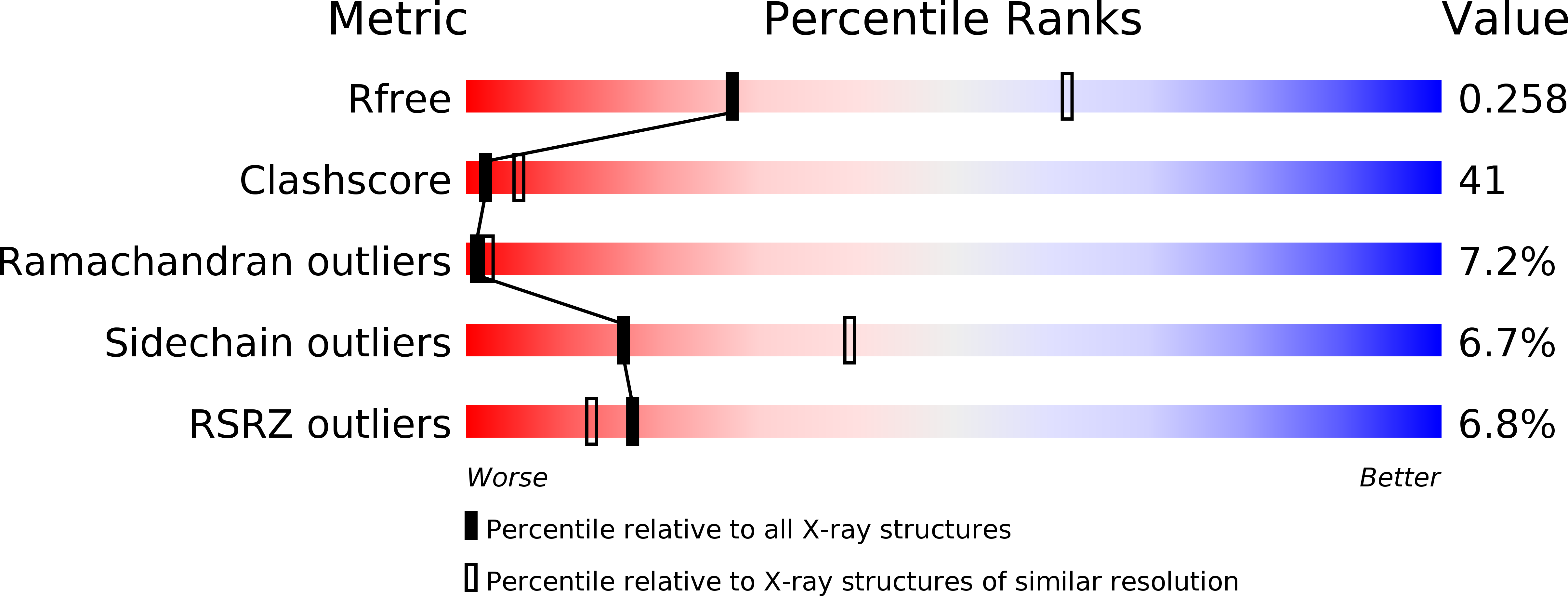
Deposition Date
2013-02-19
Release Date
2014-02-12
Last Version Date
2024-02-28
Entry Detail
PDB ID:
4JAZ
Keywords:
Title:
Crystal structure of the complex between PPARgamma LBD and trans-resveratrol
Biological Source:
Source Organism:
Homo sapiens (Taxon ID: 9606)
Host Organism:
Method Details:
Experimental Method:
Resolution:
2.85 Å
R-Value Free:
0.26
R-Value Work:
0.23
Space Group:
C 1 2 1


